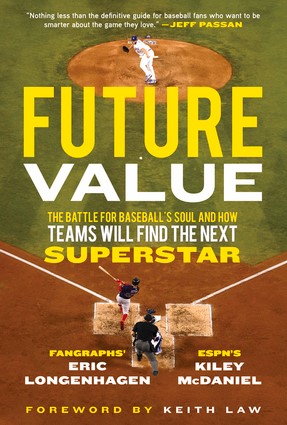OOTP Brewers: Lorenzo Cain Is Scuffling
In real life, when a player starts the season poorly, it’s tempting to chalk it up to variance and sample size. Through April 23 of last year, for example, Jackie Bradley Jr. was hitting .134/.203/.164, good for a -7 wRC+. The rest of the way, he hit .239/.335/.461, a 104 wRC+. Nothing was wrong!
That’s the snarky, detached analyst view. But here’s the thing: it doesn’t work that way on the actual team. It’s harder, when you’re living through the oh-fers and demoralizing strikeouts, to determine whether or not to give that player as much playing time over the rest of the year. Of the 10 players with the worst batting lines on that day, eight saw their playing time meaningfully curtailed over the remainder of the season.
And that brings us to our Out Of The Park Brewers. The FanGraphs readership’s intrepid management has led the team to a 13-12 record, which is an okay enough start all told; there have been injury issues across the pitching staff, Luis Urías is still rehabbing from his offseason injury, and there was that absolute pasting at the hands of the Mets.
But there’s one disturbing performance that stands out so far; Lorenzo Cain is hitting .136/.212/.153, good for a Bradley-Jr.-in-bad-times wRC+ of -7. It’s by far the worst line on the team; Orlando Arcia has played poorly enough that he’s lost most of his playing time to Brock Holt, and even he has a 30 wRC+.
What’s a manager to do? It’s not obvious. The team is built for Cain to be an anchor; the corner positions are a grab bag of mix-and-match players. Christian Yelich can man left or right with equal aplomb, and the other outfield slot can be filled by nearly anyone; Avisaíl García, Ryan Braun, Ben Gamel, Holt, or even Eric Sogard. But only Gamel and Yelich can even fake center, and I’m skeptical that either could do it full time. Read the rest of this entry »


